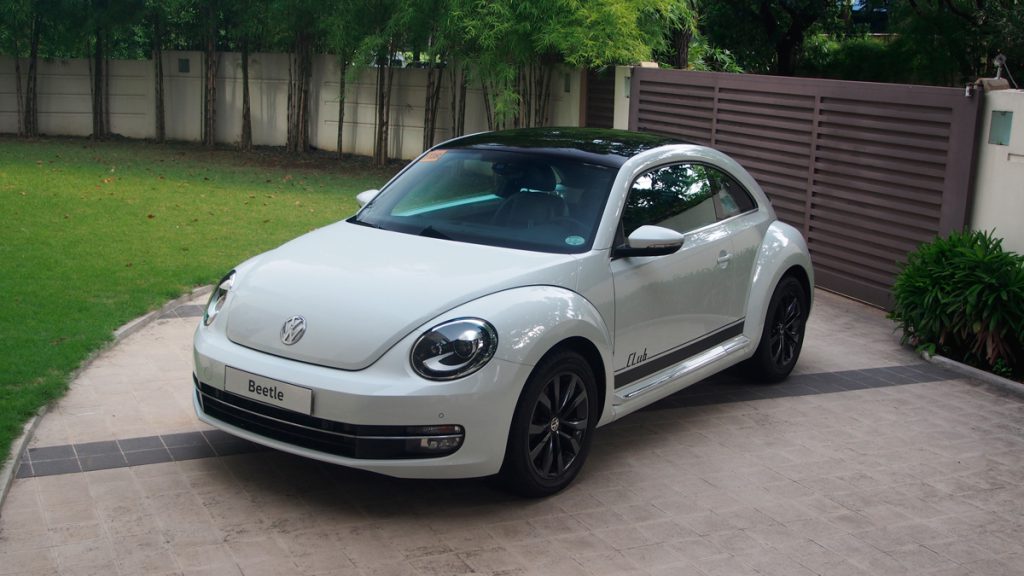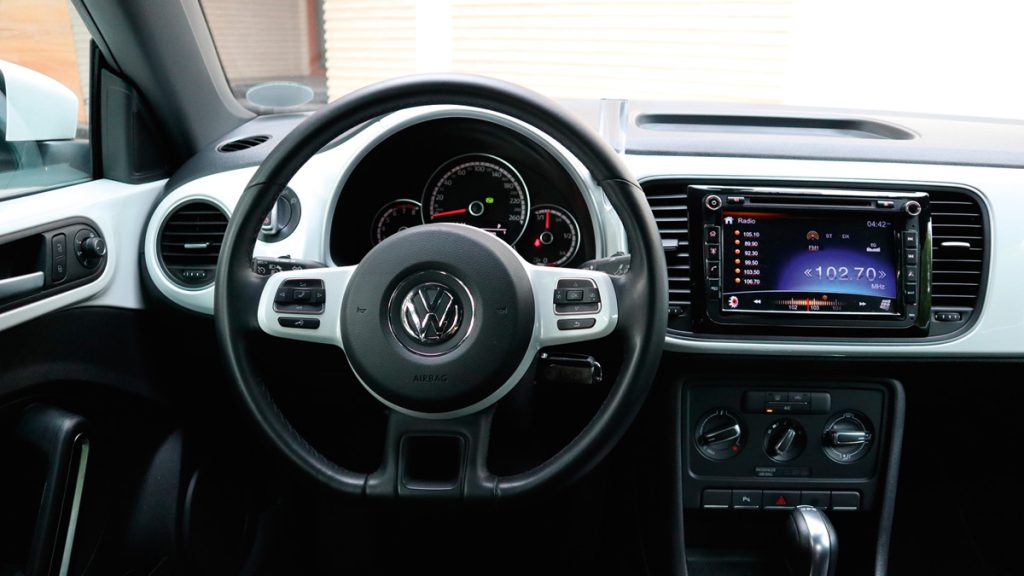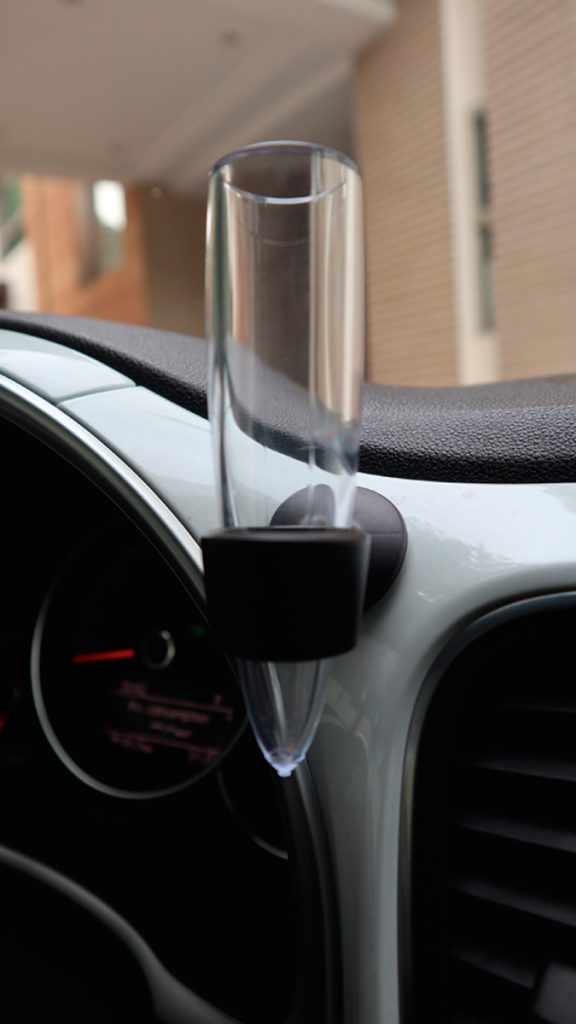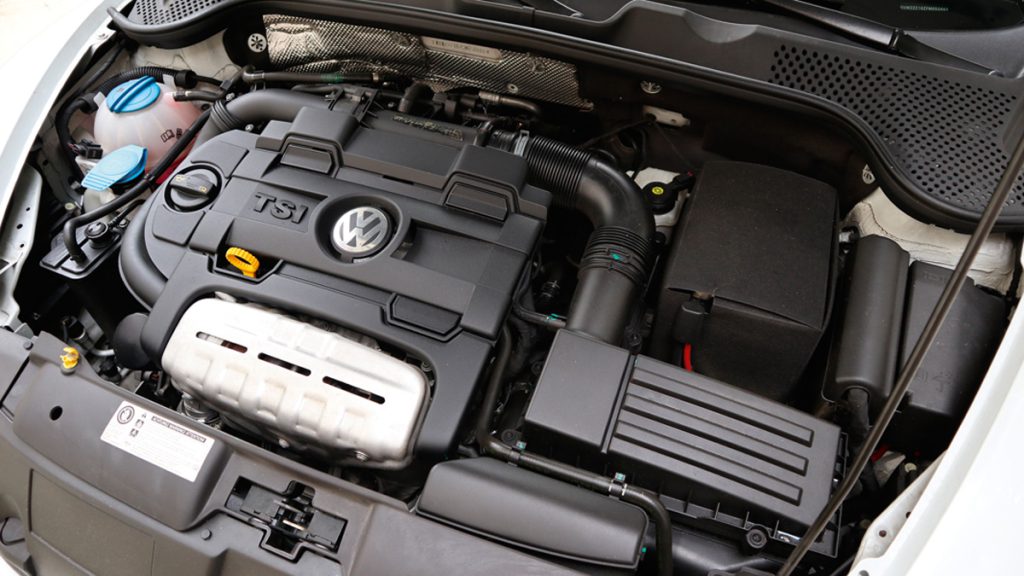Future meets past with the 2017 Volkswagen Beetle Club Edition

The Coca-Cola bottle. The Ray-Ban Aviator. The Converse Chuck Taylor. Some objects are instantly recognizable despite their simplicity. Often imitated but never duplicated, these icons strike a chord in our heartstrings, making indelible and enduring impressions. These products become so sacrosanct in our psyche that we feel a deep, personal connection with them. In the auto world, only one car has this iconic stature, and that is the Volkswagen Beetle.
Like that of all interesting characters, the history of the Beetle is mired in controversy. The Bug, the Beetle, or der Käfer, as it is known in its native Germany, was commissioned by none other than Adolf Hitler. In 1934, the leader of the Third Reich ordered Ferdinand Porsche to design and manufacture a car for the German people. The Führer was very specific. This vehicle had to fit two Aryan parents and three children, be able to run 100 kph on the Autobahnen, and cost no more than 990 Reichsmark. Four years later, Porsche delivered a small, bulbous car called the Type 1, with two-doors and an air-cooled engine in the trunk. It was dubbed the “people’s car” in literal Deutsch, and thus began the legacy of Volkswagen.

The original Beetle became not only an icon, but an iconoclast. Although first presented as an affordable mode of transport for the German proletariat, the rotund little wonder soon endeared itself to the rest of the world. What started out as the brainchild of the worst villain in history was, by 1963, starring in its own Disney movie as Herbie, The Love Bug. Along with the VW Kombi (a.k.a. the Hippie Minibus), the Volkswagen badge became the love and peace symbol of the Woodstock movement in the ’60s.

Throughout the ’70s and ’80s, the Beetle continued to proliferate with only minor tweaks and changes. Most Generation X-ers (this writer included) will remember riding in a relative’s Beetle at some point in their youth, and perhaps recall how hot it was because the Bug did not have AC. The Type 1 was so globally popular that it became one of the longest running, single-model cars in production, with a manufacturing schedule spanning 65 years. The last of the original Type 1 rolled off the factory floor in Mexico only in 2003. From V-Dub’s incarnation in 1938, we fast-forward 80 years, to the 2017 Beetle. It still carries the nostalgic cues of its ancestor, albeit adapted for the 21st century. The engine is now in front, automatic transmission is an option, and thankfully, air conditioning now comes standard.

We absolutely love the retro-noir treatment of the new Beetle’s design. The familiar oval headlamps are still there, but now enhanced with jeweled DRLs. The legendary bulging bonnet and four fenders are present, but the entire car sits lower and leaner. This modern Beetle manages to incorporate history while embracing modernity. It also leaves a very Porsche-y impression. You could squint and see hints of the 911, perhaps a subliminal nod to its original creator.
VW Philippines lent us the Club Edition, so it had a few features that you can take, well, clubbing. Immediately impressive are the blacked-out roof and the similarly shaded 17-inch alloy magwheels. The extra-wide doors have decal strips and chrome garnishing underneath. Although Beetles have a reputation for being geek/hipster mobiles, this Club Edition actually looks very bad-ass.

Inside the surprisingly spacious cabin, the past wistfully blends with the future. The dashboard, wheel, and door panels are infused with white metal, evoking the steel interior of the original. The leather seats also have a decidedly retro feel, with stitching stripes as a throwback to the classic. Modern creature comforts are spelled out by the six-inch touchscreen head unit which has BT, DVD, SD, GPS, and USB that links with your smartphone. The flat-bottom steering ring has all the requisite buttons for thumb controls. The circular instrument gauges behind it remain analog, but below the speedometer is a multi-function digital monitor that displays the trip computer and vehicle status. Behind the wheel is a small, clear vase, urging you to add flower power to horsepower.

The Beetle is a four-seater coupe, so the back seats are carved to accommodate two adults. Knee-room is understandably in short supply, but shoulder width is ample. The aft section can feel a tad claustrophobic, so backseat passengers should opt for short trips. But at least getting in and out is easy, thanks to the slide-folding front seats. In the boot, there is a very clever implement that proves Volkswagen is literally the symbol of form and function. You push the VW logo and it serves as the handle to open the trunk. Inside the capacious cargo area, you can fit two medium suitcases, and a halfsie spare sits underneath the floor.
The Beetle is powered by a 1.4-liter, Turbo Stratified Injection, four-banger petrol engine that churns out 160ps and 240Nm of torque. The Twincharger fuel injection system ensures power even at low rpm. The seven-speed, dual-clutch, DSG transmission was smooth as long as your accelerator foot behaved. The Beetle is not to be rushed by pedal mashing. To indulge in a truly retro feel, we recommend using the manual shift option, just for the sake of nostalgia.

The Beetle handles very well, clinching that Goldilocks combination of easy steering with excellent road feel. Composure is maintained even at high speed cornering, as the four wheels feel substantially planted. Small displacement on a small car means this V-Dub is thrifty with the precious liquid, delivering 7 km/L during our week with it.

Ride-ability was designed for the silky smooth pavement of the Autobahn in mind, so the suspension feels a bit jarring in our pothole paradise. It doesn’t help that the seating position on this VW is quite low, so every bump and crevice is transmitted to your backside. On the plus column, safety is a big feature of the modern Bug, possessing front, side, head, and curtain airbags in the event of collisions. VW helps avoid those events with the Electronic Stabilization Program, which reduces skidding, under, and over-steer.
The price of membership to this Beetle Club Edition is P1.79 million, which unfortunately takes this People’s Car away from the reach of ordinary citizens. However, at this price point, it does present a convincing counter argument against a Mini Cooper, which easily costs hundreds of thousands more. For us, the Beetle’s classic-but-new visage alone is enough to justify the purchase. The fact that it is fun to drive is just a bonus. Some things never change, and we are glad the beloved Beetle is one of them. AD






































